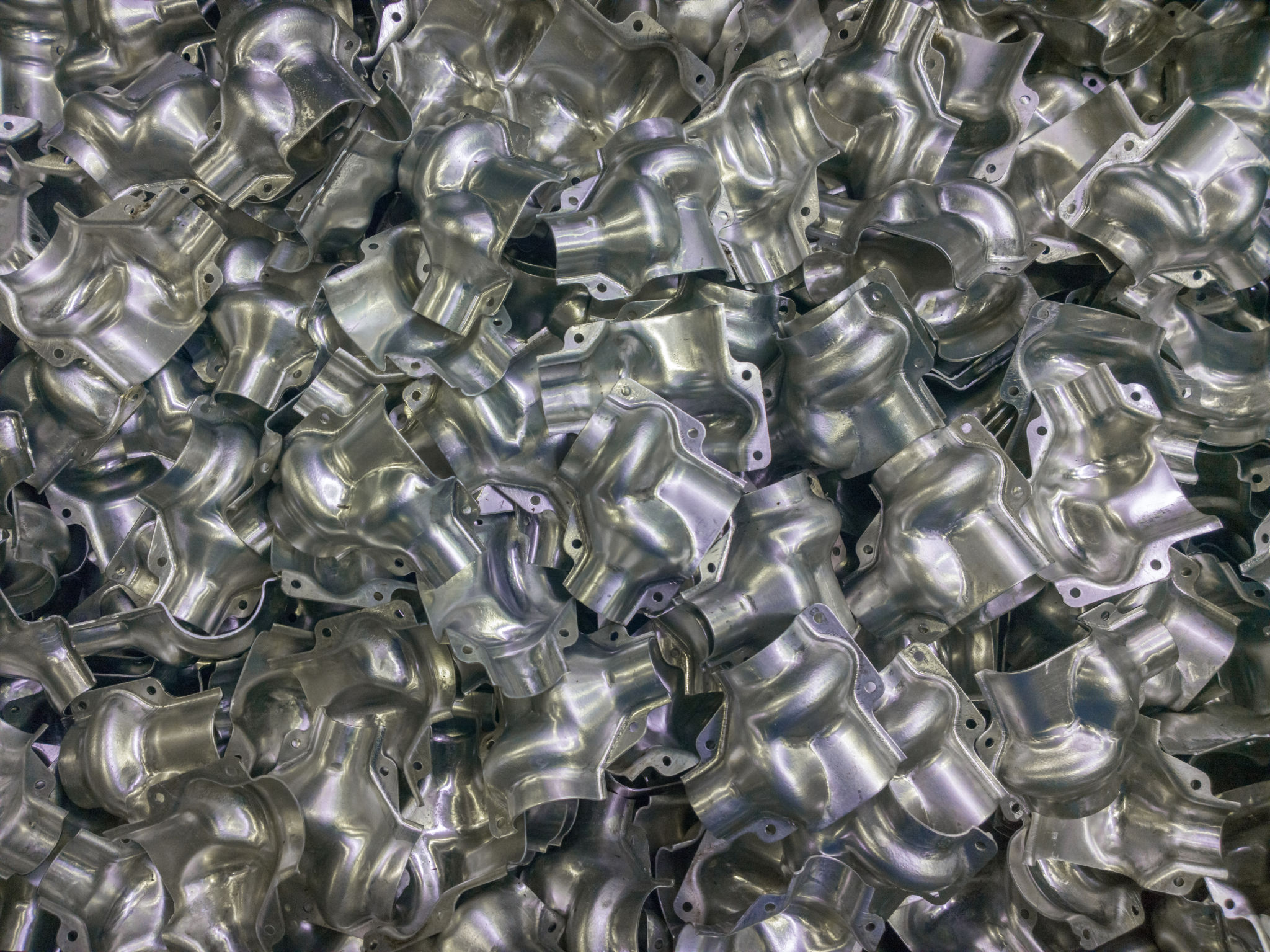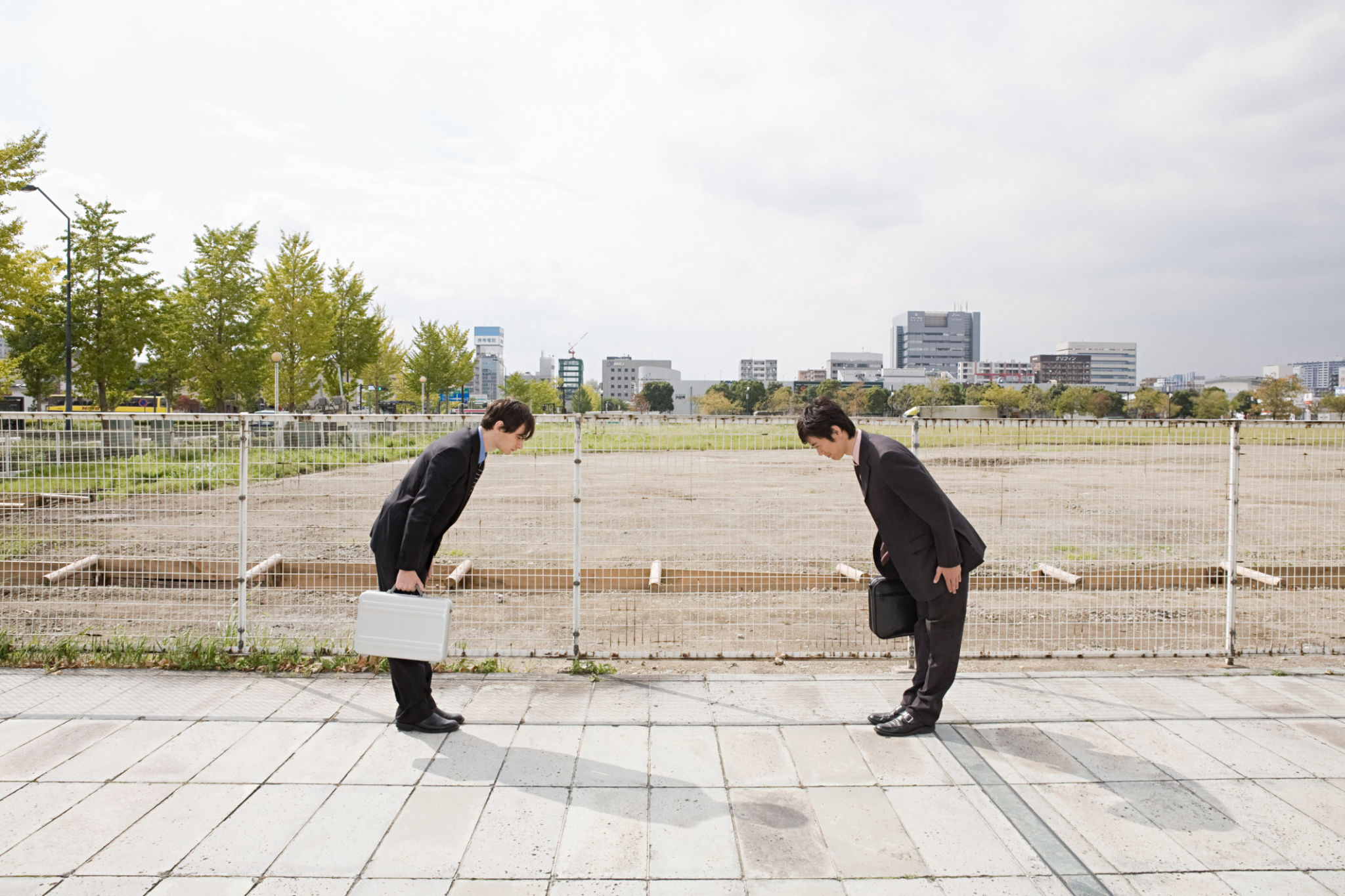The Ultimate Guide to Cold Formed Buildings: Benefits and Applications
Understanding Cold Formed Buildings
Cold formed buildings, often referred to as cold-formed steel structures, are an increasingly popular choice in the construction industry. These buildings are crafted using steel that is shaped at room temperature, providing a unique set of advantages over traditional construction methods. This method allows for the creation of lightweight, yet extremely durable structures, making it ideal for a variety of applications.
The process of cold forming involves bending and shaping steel sheets into structural components without the need for heat. This not only saves energy but also ensures the structural integrity of the steel, as it maintains its strength throughout the process. The result is a versatile and cost-effective building solution.

The Benefits of Cold Formed Buildings
Durability and Strength
Cold formed buildings boast considerable durability and strength. The steel used in these structures is resistant to common issues like warping, cracking, and pests, which are often problems with traditional building materials. This makes cold formed buildings highly suitable for areas prone to extreme weather conditions.
Cost-Effectiveness
One of the standout benefits of cold formed buildings is their cost-effectiveness. The materials used are lightweight, reducing transportation costs and making assembly faster and easier. Additionally, the speed of construction can significantly lower labor costs, making it a financially wise choice for many projects.

Applications of Cold Formed Buildings
Residential Construction
In residential settings, cold formed buildings offer a modern and efficient alternative to traditional home building techniques. They provide flexibility in design and allow for quick construction times, which can be particularly beneficial in housing developments or emergency housing solutions.
Commercial and Industrial Uses
Cold formed steel is also widely used in commercial and industrial projects. From warehouses to office complexes, these structures provide a reliable and sturdy framework that can support large spans and heavy loads without compromising on safety or aesthetics.

Environmental Impact
With growing awareness of environmental impact, cold formed buildings present an eco-friendly option. Steel is 100% recyclable, meaning that at the end of a building’s life cycle, its materials can be repurposed into new products. This reduces waste and supports sustainable building practices.
Moreover, the energy-efficient nature of cold forming processes further reduces the carbon footprint associated with construction, aligning with green building standards and helping businesses meet sustainability goals.
The Future of Cold Formed Buildings
As technology advances, cold formed buildings are set to become even more prevalent. Innovations in design software and manufacturing techniques continue to improve the efficiency and versatility of these structures. This makes them a strong contender in the future of global construction practices.
In conclusion, cold formed buildings offer a multitude of benefits ranging from economic savings to environmental advantages. Their diverse applications make them suitable for various sectors, ensuring that they will remain a cornerstone in modern construction.
